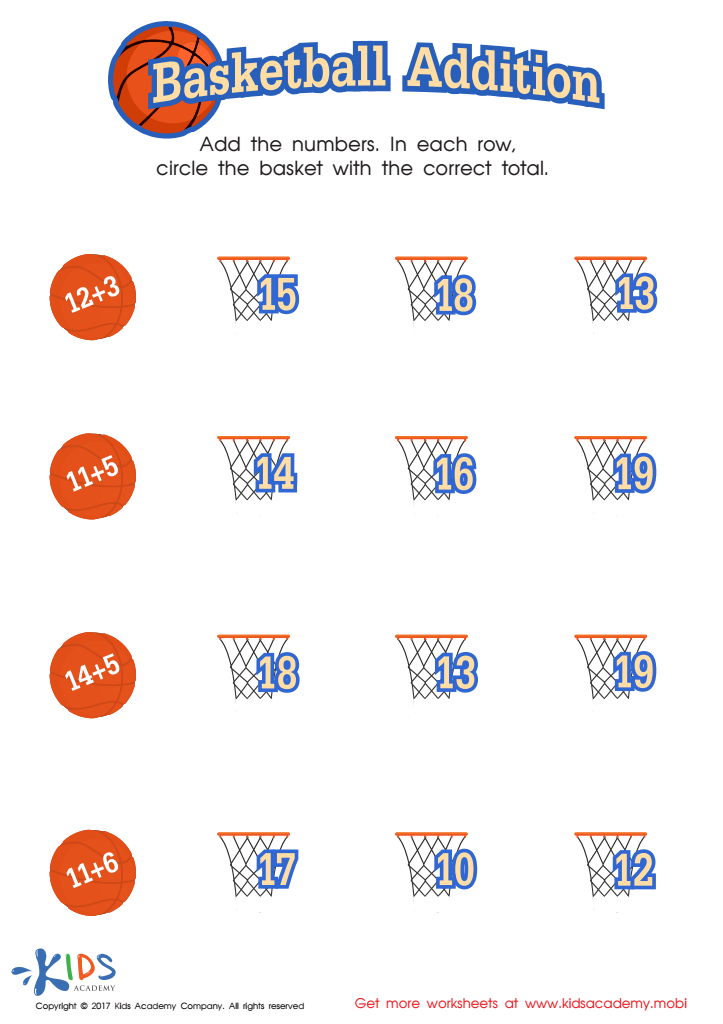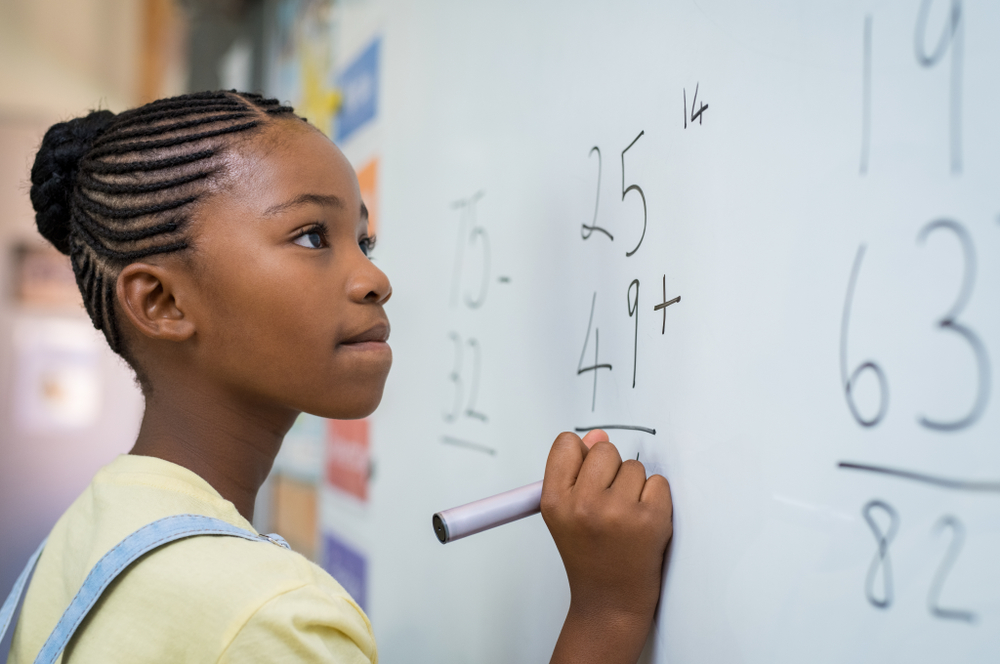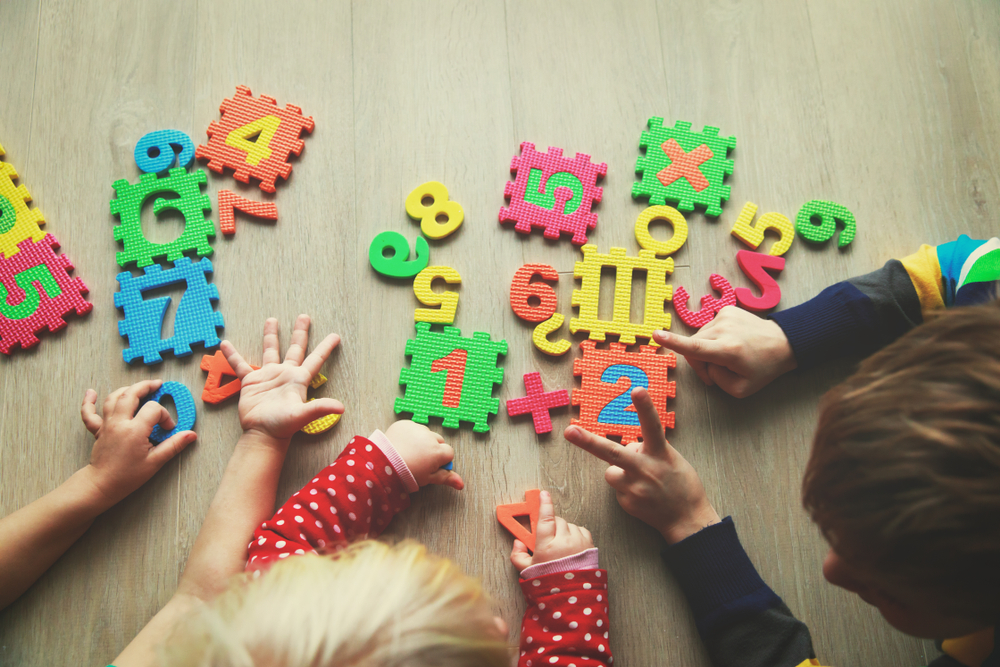Hand-eye Coordination Normal Addition & Subtraction Worksheets for Ages 4-9
3 filtered results
-
From - To
Enhance your child's learning experience with our Hand-eye Coordination Normal Addition & Subtraction Worksheets for Ages 4-9! These engaging, expertly-designed worksheets not only promote essential math skills, such as addition and subtraction, but also strengthen hand-eye coordination through fun activities. Each worksheet features colorful visuals and interactive elements that encourage children to practice their math skills effectively while increasing fine motor skills. Perfect for at-home study, classroom use, or educational play, these worksheets make learning enjoyable and effective. Help your child build confidence and excel in math with our targeted exercises tailored to their developmental needs. Try them today!
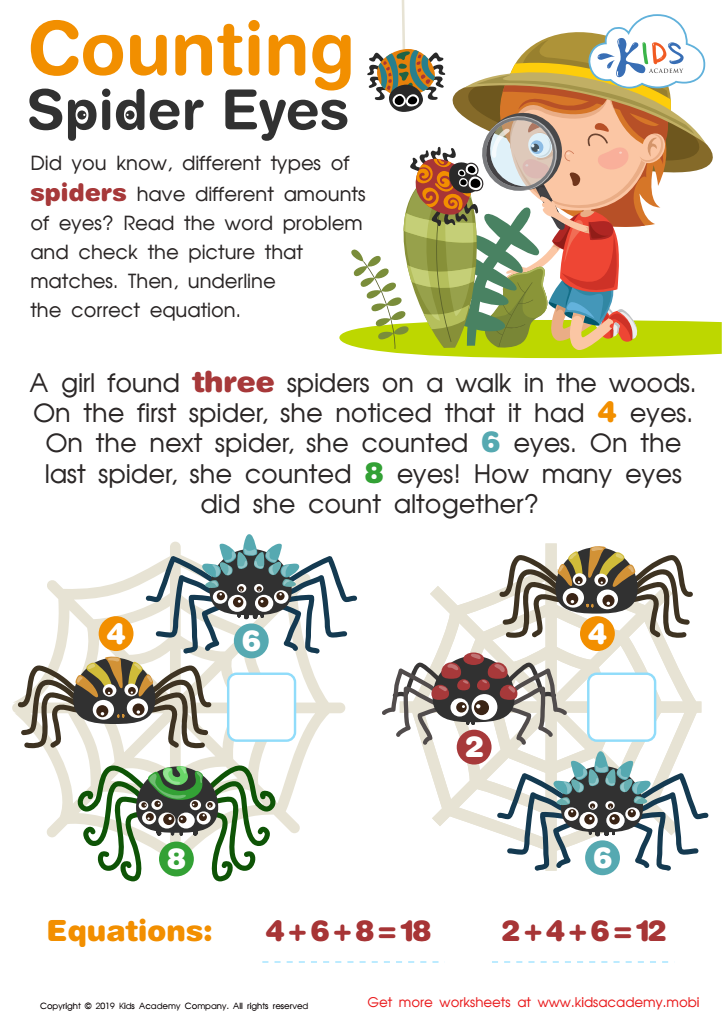

Counting Spider Eyes Worksheet
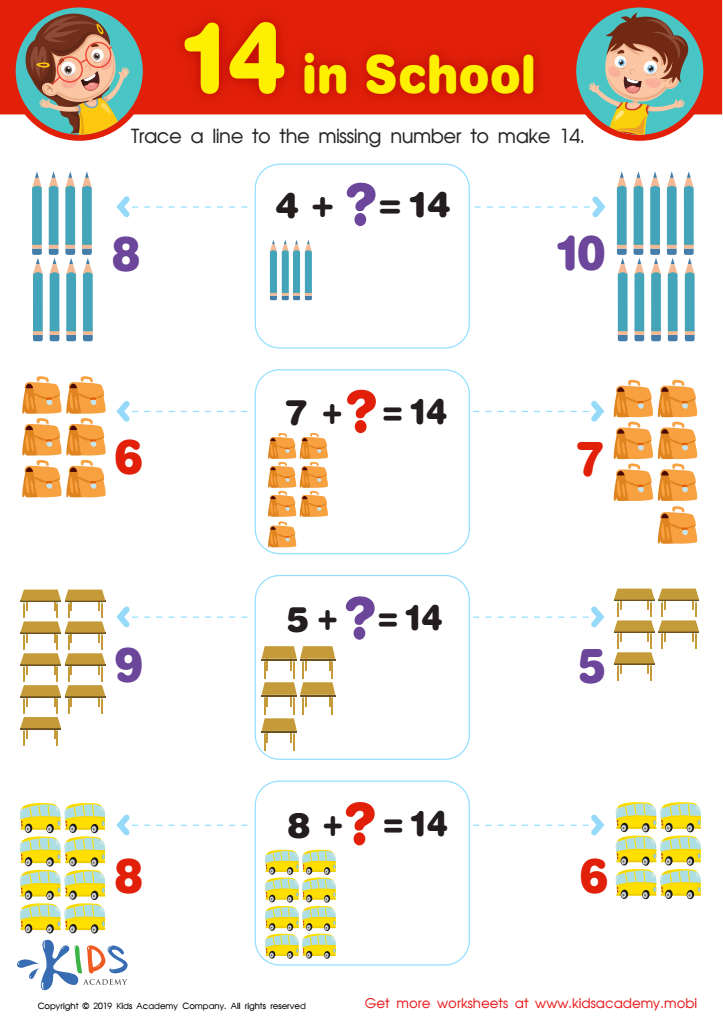

14 in School Worksheet
Hand-eye coordination is a vital skill that significantly influences a child's ability to perform basic addition and subtraction. For children aged 4-9, fine motor skills and visual tracking are developing rapidly, making this an optimal time to connect these abilities to math learning. When children practice hand-eye coordination through various activities—such as using counting manipulatives, playing with blocks, or engaging in interactive games—they also enhance their cognitive resources involved in mathematical thinking.
Moreover, mastering addition and subtraction provides a foundation for more advanced mathematical concepts. As children manipulate physical objects while solving math problems, they learn to visualize numbers and better understand quantities, which are crucial for their academic success.
Teachers and parents should incorporate engaging, hands-on activities that foster this blending of motor skills and math. For example, using colored beads for grouping in addition or crafts that involve creating patterns can help demonstrate these mathematical operations. By fostering these vital early skills, educators and caregivers can support children's overall development, leading them to become confident learners with a strong understanding of math. Ultimately, focusing on hand-eye coordination and basic numerical concepts strengthens both cognitive and physical development, paving the way for lifelong learning.
 Assign to My Students
Assign to My Students

